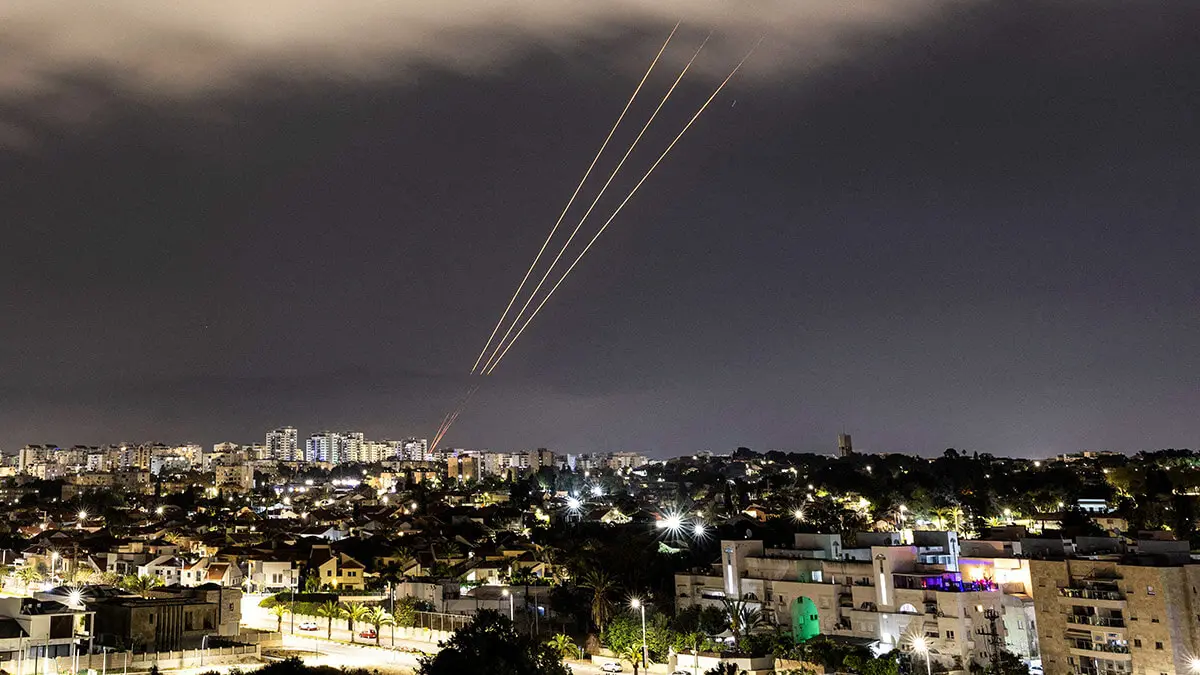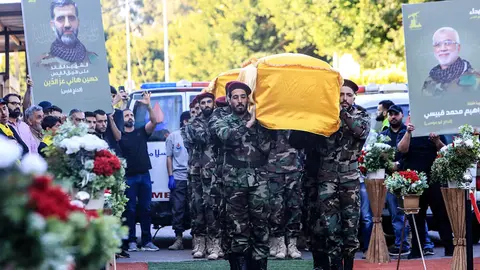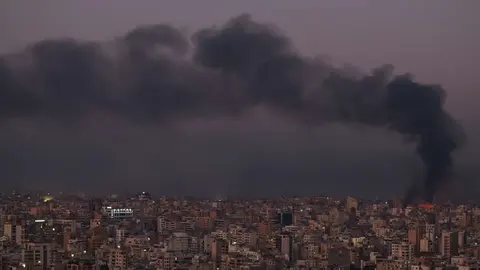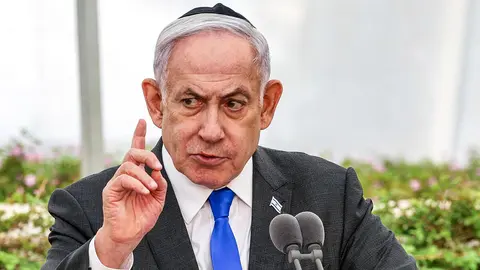The Fine Line of War Convergence: Israel’s Battles with Hamas, Hezbollah, and Iran

Israel’s military operations in Gaza initially designed to destroy Hamas and free their hostages taken this month a year ago, and then now the expanding confrontation with Hezbollah in southern Lebanon, especially as ground forces commence their operations.
This scenario would force Israel into a three-front conflict: a prolonged, intractable battle in Gaza and a potentially more complex engagement with Hezbollah, a powerful proxy of Iran, in Lebanon, and a more direct war with Iran as Israel seeks retaliation for the missiles fired at them. The possibility of these conflicts converging into a single, protracted confrontation raises the stakes for regional stability and complicates the prospect of finding a path toward peace.
Historically, Israel has approached these conflicts with a military mindset, seeking to secure its borders and eliminate threats through decisive strikes and ground operations. The notion of “winning” peace militarily in isolated theatres has often guided policy, whether through crushing Hamas in Gaza—regardless of the civilian cost—or neutralizing Hezbollah’s presence in southern Lebanon, or all of Lebanon if they expand even further.
Yet, as these conflicts drag on, the boundaries between them begin to blur, and it becomes increasingly clear that a victory in one arena is incomplete without a resolution in the others. In fact, attempting to address each conflict in isolation might inadvertently strengthen the connections between them, making the broader situation more difficult to untangle.
Iran’s role in these conflicts cannot be understated. While its support for Hezbollah and the Palestinian cause is not new, Iran’s more direct involvement in recent years has intensified the situation. Tehran’s provision of military hardware, intelligence, and strategic planning support to Hamas represents a significant shift.
What was once more indirect support has now evolved into a more hands-on involvement in the operational planning and execution of militant actions against Israel. For example, Iran’s ambassador to Lebanon was injured in Israel’s pager explosion with the explosives built into the devices used by Hezbollah. This deepened engagement reflects Iran’s broader regional ambitions and its desire to merge this conflict into one in which it can be the banner child for the fight against Israel. Iran’s involvement exacerbates the complexity of these conflicts and challenges Israel’s ability to contain them within distinct boundaries.
This growing entanglement of conflicts presents a serious challenge for any diplomatic solution. Efforts to broker peace typically focus on addressing specific grievances in each conflict. For example, negotiations with Hamas might revolve around economic relief for Gaza, while talks with Lebanon could focus on creating a stable system not influenced by Hezbollah and Iranian.
However, as these conflicts bleed into one another, diplomatic approaches that treat them as separate entities risk falling short. Each conflict has distinct historical, political, and social dimensions, but as they increasingly overlap, addressing one without engaging the others becomes less viable.
From a strategic perspective, the question arises: is it possible to secure peace in any one of these conflicts without addressing the others? Historically, the answer has leaned toward a compartmentalized approach, where military victories in specific arenas were seen as steps toward broader peace. Yet, this approach is becoming less feasible as the various theatres of conflict merge into a more complex regional struggle.
The interconnectedness of these conflicts suggests that a purely military resolution in one area—whether through defeating Hamas in Gaza or curbing Hezbollah in Lebanon—will not bring lasting peace if the underlying regional dynamics remain unaddressed.
What complicates matters further is the international framing of these conflicts. Referring to them broadly as “the conflict in the Middle East” risks oversimplifying the issues at hand. This blanket term fails to account for the distinct causes, actors, and motivations driving each conflict. The Palestinian-Israeli conflict, the Israeli-Hezbollah dynamic in Lebanon, and Iran’s role as a regional agitator are all distinct issues, each requiring tailored solutions.
As these conflicts continue to unfold, the path to even temporary peace becomes increasingly elusive. The longer these confrontations drag on without resolution, the more entrenched the cycles of violence become, and the more difficult it becomes to separate them into manageable conflicts.
Diplomatic efforts must therefore shift toward a more comprehensive approach, one that recognizes the interconnectedness of these struggles but also appreciates their individual complexities. Without such an approach, any attempt at brokering peace will be incomplete, leaving the region vulnerable to further escalations and ensuring that the conflicts remain, if not worsen, in the long term.




